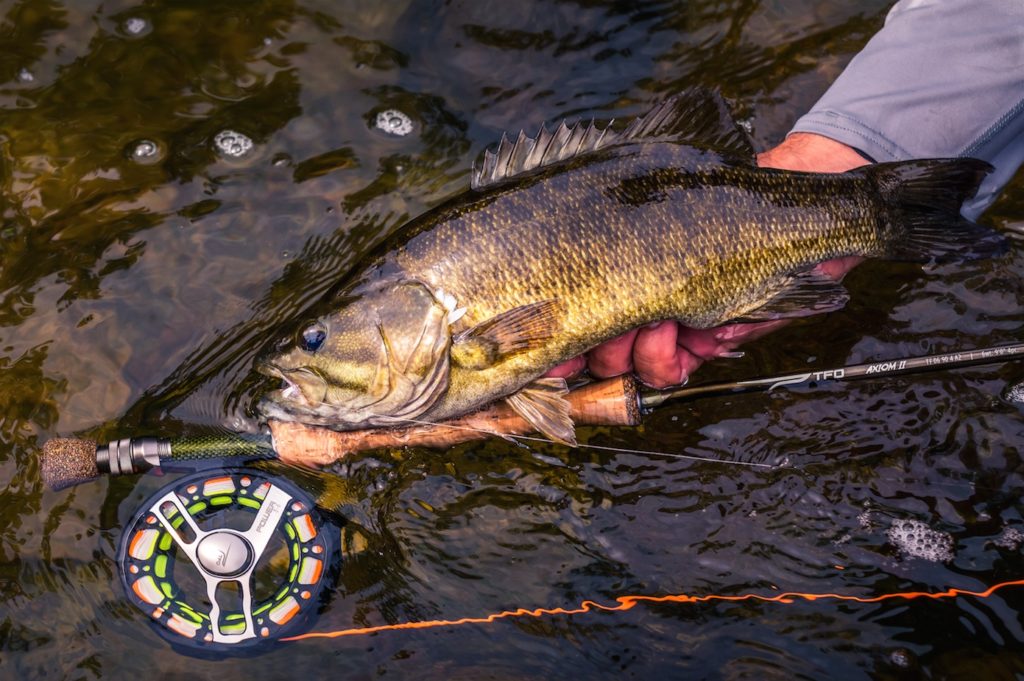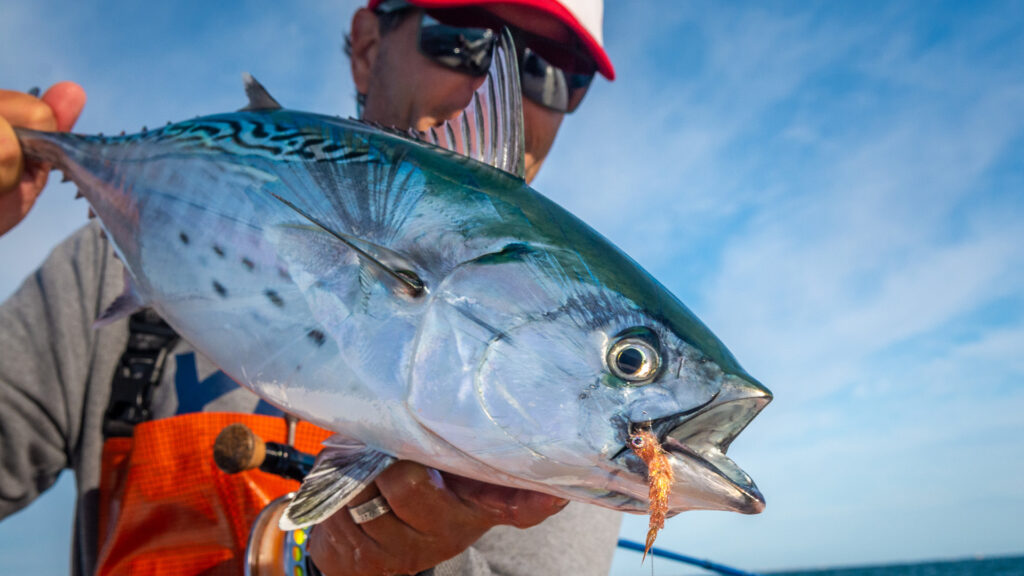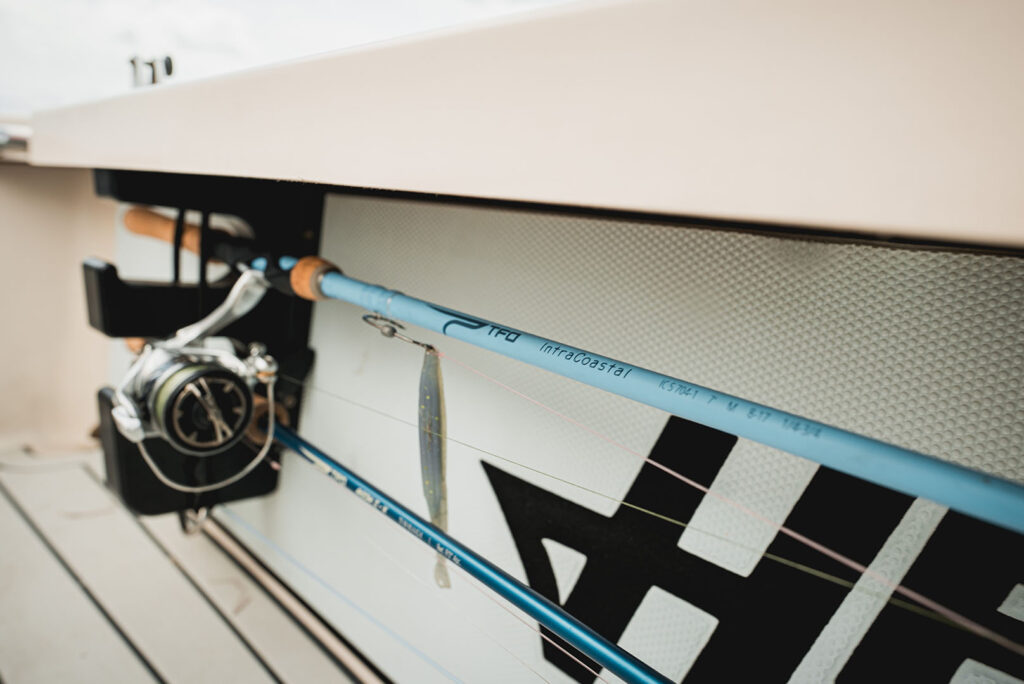So you have a basic understanding of fly fishing and a fly rod from Part I and II of our how to get started in fly fishing series. Now you need a reel.
Fly-fishing reels come in all shapes, sizes and styles. No blog post can begin to summarize all of these components. For now, we’ll focus on the basics for the novice fly angler.
Reels have two primary purposes. They store the backing and fly line, and they provide resistance when you hook a fish. The bigger the fish, the more important your reel is in terms of performance.
Reels, like fly rods, are designated by weights. A 5-weight reel, for instance, should be matched with a 5-weight rod. Of course, this numerical system has a little wiggle room, depending on the actual weight of the rod and reel and the angler preference as he or she attempts to balance the rod with the reel.
Chances are your first rod will be a trout or panfish setup, maybe a TFO NXT or Bug Launcher. Most trout or small bass or brim will not test your drag system. You can simply strip in the line — and fish — by hand.
Since you not need a complicated drag system on your first fly reel, there’s no need to break the bank. The NXT LA I reel ($79.95-$84.95) offers exceptional value and will get the job done in most fishing situations the beginner will encounter.
If you anticipate bigger trout, bass or even a few of the common saltwater, fly-rod targets such as redfish, snook or seatrout, you will a higher-end reel. The BVK series ($159.95-$299.95) or Power series ($399.95-$499.95) are good options. Both feature light, durable, high-end materials and a sealed, disc drag system.
You will not need a high-quality reel in most freshwater situations. Big bass and trout are the exception, not the rule. In saltwater, you will need a good reel that can prevent corrosion and handle bigger, stronger, faster fish.
Bottom line: In freshwater, the reel is probably the least important part of your setup. In saltwater, the reel is THE most important part of your tackle. Adjust accordingly.
TFO’s large-arbor spools can help combat the feistiest of fish. The wide-diameter spool allows the angler to retrieve more line with a single turn of the handle, important when a hot fish makes a screaming run. And if you like to bomb long casts while blind-casting, the large arbor design allows you pick up line much faster than a regular spool.
Higher-end reels are sturdier and can perform at a higher level than the less expensive models. However, all reels require maintenance. Here’s a few tips on what you can do to prolong the life of your high-end reel.
Do you have stories about your fly-fishing setup, or suggestions for beginners and their first reel? If so, let us know on one of our social media pages.






